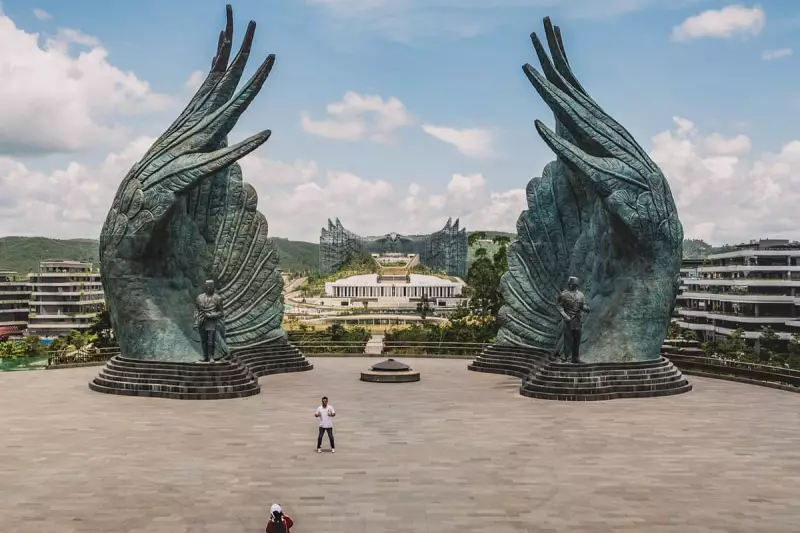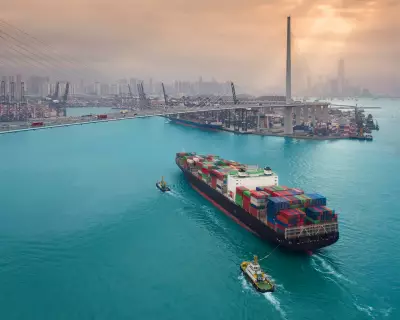
Deep within the lush rainforests of Borneo, one of the most ambitious urban experiments of our time is taking shape. Indonesia is racing against time and nature to construct Nusantara, its revolutionary new capital city that promises to redefine sustainable urban living.
The £27 Billion Vision
With an estimated price tag of £27 billion, this monumental project represents President Joko Widodo's legacy initiative. The government is spearheading the construction of core infrastructure, including a magnificent presidential palace and key government buildings, while actively courting private investment to bring the broader vision to life.
The clock is ticking – authorities aim to commemorate Indonesia's 79th independence day in the new capital next August, though many crucial structures remain incomplete.
Why Abandon Jakarta?
The urgency stems from Jakarta's multiple crises that make the current capital increasingly unviable:
- Rapid sinking: Northern Jakarta is subsiding at an alarming rate of up to 25cm annually
- Severe congestion: Nightmare traffic costs the economy approximately £6.5 billion each year
- Critical overcrowding: The megacity groans under the weight of over 10 million residents
- Environmental pressure: Chronic flooding and air pollution plague daily life
A Green Utopia or Environmental Threat?
Nusantara promises to be a model "forest city" where 75% of the area remains green space. Planners envision a metropolis powered entirely by renewable energy, with walking and cycling as primary transport methods.
However, environmental groups sound alarm bells about the project's impact on Borneo's fragile ecosystems, home to critically endangered species like the Bornean orangutan. The construction has already displaced Indigenous communities and accelerated deforestation in one of the world's most biodiverse regions.
The Investment Challenge
Financing this megaproject remains a significant hurdle. While the government has committed substantial funding, securing the targeted 80% private investment has proven challenging. Major global players are taking a cautious approach, waiting to see if the political will and infrastructure can match the ambitious vision.
The success of Nusantara could inspire similar projects worldwide, demonstrating how nations might build climate-resilient cities for the future. But as construction continues amid the rainforest, the world watches to see whether this bold experiment will become a sustainable utopia or an environmental cautionary tale.





